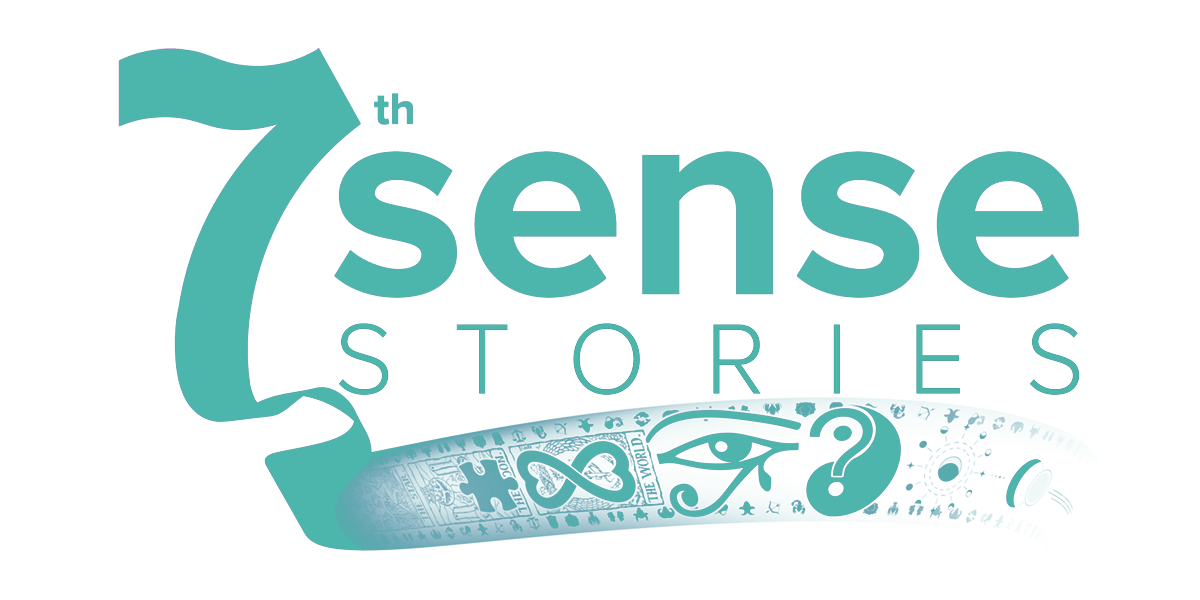Ancient Celtic Fantasy and Folklore of All Hallows’ Day
No holidays we celebrate today carry the original meanings or are even close to resembling what symbolism they were supposed to represent. We could write a whole list starting with Christmas and Easter and what their origins actually meant but since this is the month of Halloween, witch folklore and pagan rituals, let’s start with All Hallows’ Day AKA Halloween.
Halloween actually had its beginnings in an ancient, pre-Christian Celtic festival of the dead. The Celts, who were once found all over Europe, divided the year by four major holidays. According to their calendar, the year began on a day corresponding to November 1st on our present calendar, marking the beginning of winter. Since they raised cattle and sheep, it marked the day they had to be moved to closer pastures and all livestock secured for the winter months. It was also the time when crops were harvested and store.
Samhain – The Celtic Festival
The date marked both an ending and a beginning in an eternal cycle. The festival observed at this time was called Samhain (pronounced Sah-ween). It was the biggest and most significant holiday of the Celtic year. The Celts believed that at the time of Samhain, the ghosts of the dead were able to mingle with the living. It was at Samhain that the souls of those who had died during the year traveled into the otherworld. People gathered to sacrifice animals, fruits, and vegetables. They also lit bonfires in honor of the dead, to aid them on their journey, and to keep them away from the living. On that day all manner of beings were abroad: ghosts, fairies, and demons–all part of the dark and frightful.
Samhain, with its emphasis on the supernatural, was decidedly pagan. When Christian missionaries began to convert the Celts and identifying their holy days with those observed by the pagans, they branded the earlier religion’s supernatural deities as evil and associated them with the devil. As representatives of the rival religion, druids were considered evil worshippers of devilish or demonic gods and spirits. The Celtic underworld inevitably became identified with the Christian Hell.
Followers of the old religion went into hiding and were branded as witches. The Christian feast of All Saints’ Day was assigned to November 1st. The day honored every Christian saint, especially those that did not otherwise have a special day devoted to them. This feast day was meant to substitute for Samhain, to draw the devotion of the Celtic peoples, and, finally, to replace it forever.
Halloween in the modern day
The old beliefs associated with Samhain never died out entirely with the Celtics but the old deities diminished in status, becoming fairies or leprechauns of more recent traditions. The powerful symbolism of the traveling dead was too strong, and perhaps too basic to the human psyche, to be satisfied with the new, more abstract Catholic feast honoring saints.
All Saints’ Day, otherwise known as All Hallows’ Day (hallowed means sanctified or holy), continued along with the ancient Celtic traditions. The evening prior to the day was the time of the most intense activity, both human and supernatural. People continued to celebrate All Hallows’ Eve as a time of the wandering dead, but the supernatural beings were now thought to be evil. The folk continued to placate those spirits (and their masked impersonators) by setting out gifts of food and drink. Many supernatural creatures became associated with All Hallows’.
In Ireland fairies were numbered among the legendary creatures who roamed on Halloween. Virtually all present Halloween traditions can be traced to the ancient Celtic day of the dead. The wearing of costumes and roaming from door to door demanding treats when it was thought that the souls of the dead were out and around, along with fairies, witches, and demons. Offerings of food and drink were left out to placate them. As the centuries wore on, people began dressing like these frightening creatures, performing antics in exchange for food and drink. The practice was called mumming and that is actually how present day trick-or-treating came about.
Susan Z Rich is an emotional addiction counselor, spiritual intuitive and holistic therapist. She counsels others to see life in a more positive way and teaches personal accountability for life choices. She is also the author of several children’s books and Soul Windows…Secrets From The Divine.



